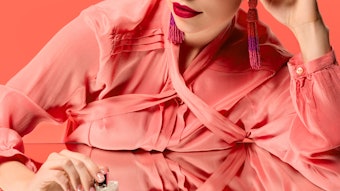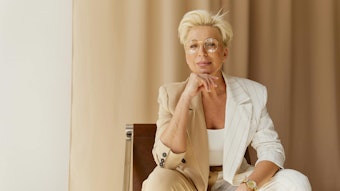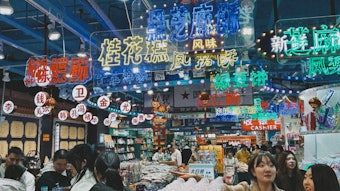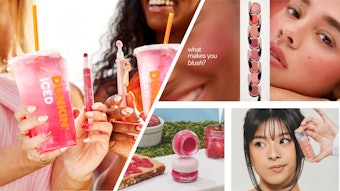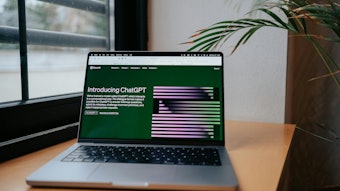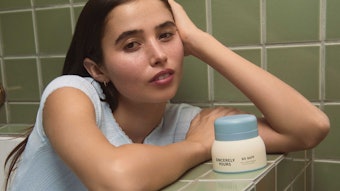My first stop was Seoul where I was taken aback by the beauty industry’s presence in the airport terminal. Giant billboards promoted the who’s who of the beauty industry including L’Oréal and Estée Lauder, along with the most prominent fashion designers. The economy appeared to be vibrant and dynamic, and the airport resembled a U.S. shopping mall.
After a short layover in Seoul, it was off to Hong Kong, the trading capital of the world. There was no age gap here; young and old alike sported the latest in fashion forward eyewear, and all were seemingly intent on buying the latest goods the beauty industry had to offer.
My colleague picked me up bright and early and we were off to China, where after clearing customs we set out on a long road trip through a country filled with many contrasts: from the most modern highways, complete with its fair share of tolls, to the vast number of bicycles filling both cities and countryside; from five-star dining to the most basic rice and vegetables.
Our destination was an impressive factory for packaging personal care items. This plant was a sight for sore eyes. The Chinese-owned and -operated factory was big, bold and though I have visited many factories over the years, this was one of the finest in the beauty business. The attention to detail from operating practices to marketing materials rivaled the best I’ve seen anywhere.
Our host gave us a tour which started with me attempting to find suitable attire to enter the plant. At 6’6” and 240 lbs., finding a suitable Chinese lab coat was an exercise worthy of Sherlock Holmes. After some work, however, we located some XXXL garments. We donned our hair nets, sanitized our hands and proceeded into the plant to view a long line of stainless steel tanks and fully automated and equipped load cells. Our tour included a stop at the state-of-the-art water purification system complete with reverse osmosis and de-ionization, after which we journeyed into the analytical area for a briefing on various testing protocols.
The facility was built in 2003 with an investment of over $100 million HKD. At over 40,000 square meters, the daily production output exceeds 200 tons. The facility employs some 3,000 workers in peak season and normally carries a staff of 1,600. More than 1,000 employees are housed in company-owned dormitories. As we were still trying to take it all in, our host asked if we would like to see a second facility which sits on approximately 130,000 square meters. Needless to say, we were equally impressed. We thanked our hosts and made our way to another factory—where we encountered a very different reality.
This factory was more like the typical factories I had envisioned finding in rural China. The factory employed some 80 workers and was originally established to produce cosmetics. It was a structural and conceptual throwback to factories that might have been top-of-the-line three or four decades ago, a vast contrast to the first few factories I visited. Here the owner provided meals for his workers and the surroundings were a little more surreal. I had the opportunity to eat with the workers and it shall go down as a very memorable experience.
Next it was off to Shanghai, where I would use shopping to get a bird’s-eye view of what the Chinese consumer sees from the beauty industry. There my colleagues took me to a Carrefour store where we browsed the HBA area. The store was clearly taking advantage of the ready supply of labor by placing a beauty consultant at nearly every fixture, promoting products, answering questions and demonstrating the goods firsthand. It was very clear that this notable retailer understood the benefit of the “experience” in selling cosmetics.
My final stop was to visit a client who has established manufacturing in China. It was good to finally meet people whom I had come to know only in the virtual world. I did not begin this trip with any deliberately preconditioned perspective, yet throughout it all, I was impressed, and occasionally surprised, by the vast contrast between the modernization and the farming landscape. In the factories, I was impressed by the balance between technology and the sheer number of people and hands at work.
In reflecting on this first trip to Asia, I have come to the conclusion that most working Americans take their blessings for granted. We are a society defined by expectations, whether of ever-increasing wages or improvement in benefits from the companies for which we work. Healthcare is a prime example of the crack in the ice we are now experiencing. China is a communist country and many of the “concerns” of their work force are not concerns at all since the government addresses those issues. In the U.S., we must come to the realization that the competitive landscape has significantly expanded and will continue to do so. While America has long been the industry benchmark, foreign competition is meeting and exceeding our standard at alarmingly fast rates.

